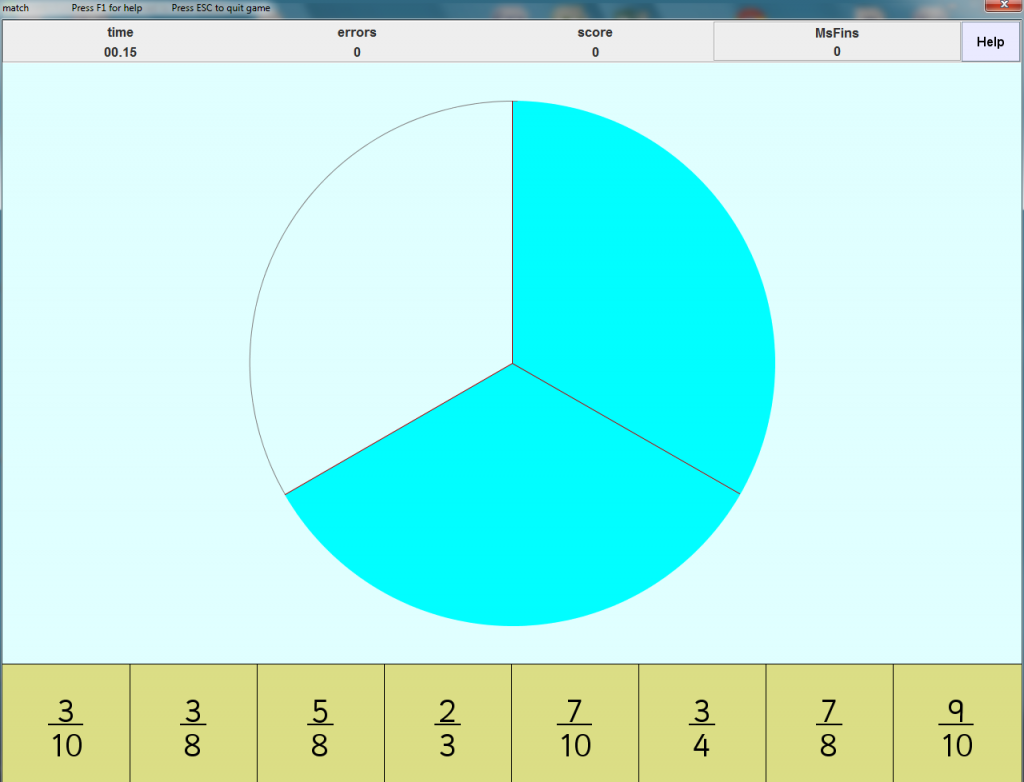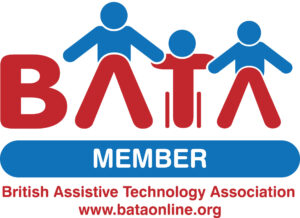Getting to know Numbershark
Like its literacy counterpart, Numbershark is designed to support struggling learners, but it, too, is designed in such a way that it is useful for all learners, regardless of whether they have learning need or not.
At one level Numbershark is about acquiring a sense of number, the essential concept necessary for numeracy. Pupils whose development in this area is delayed are often considered to have dyscalculia. So the program directly supports those struggling with this.
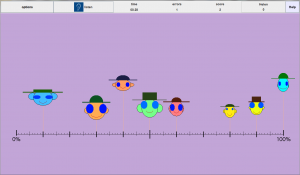
However, it also provides reinforcement for any pupil who is learning maths at primary level, or those who need a bit of a boost at secondary. The resources are arranged so that each number operation is in a progressive order, with one option being to approach them as per the 2014 English National Curriculum.
As an initial aide built in to Numbershark there are demonstrations of how to work out the sums and problems that are presented. These can usually be approached in a number of ways, using on-screen tools such as virtual Cuisenaire rods, an abacus, a Slavonic abacus, number lines and balances as appropriate. The intention is to give learners options for how to approach the topic, so they can build understanding in their own way. The way that they ‘see’ numbers and make sense of them.
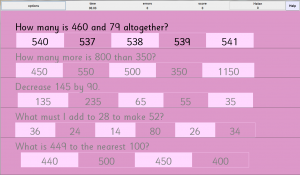
This is also evident in the games, where often activities are presented in different ways to develop understanding. Fractions, for instance, might be bricks or blocks, parts of a pie chart, segments of a line, or containers whose contents correspond appropriately. Similarly numbers are presented proportionally, the gaps between jumps, for instance, varying according to the size of the number involved.
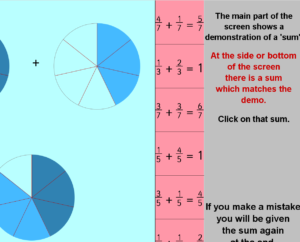
Consideration of presentation is also evident in the choice of colours and fonts for activities, demonstrating awareness of the importance of good contrast to aid visibility, for instance. Many games also have options to turn off noises or automatically capture creatures where players might be distracted, or have physical disabilities, or challenges such as dyspraxia, that could hinder their effective engagement with it.
Similarly, games and activities are designed to be multi-sensory: presented visually, with spoken directions, and a necessarily kinaesthetic element in engaging with them using the mouse and keyboard. Frequently there are controls to alter the speed the game is played at, and to hear instructions, along with a ‘Help’ option – again with a speech button – if users are not sure what to do.
There is also an emphasis on language, both in learning the correct vocabulary for the subject, and in understanding worded problems, and appreciating how to approach them. These are phrased in ways which are straightforward, to aid comprehension, and often provide a ‘real-life’ context. 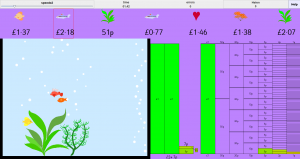
Overall the intention is to provide learners with the motivation to engage with the games, through their presentation as fun activities in bite-size, doable, chunks. To give them an enjoyable experience, (something many may not generally associate with learning maths), and to empower them by providing elements of choice and control. They can select activities that suit them, presented in ways from which they learn best, with examples that are suited to their individual understanding, though the overarching topic can be set by the teacher to focus on a particular area of need. Alongside this is an awareness that it is a rules based subject, and that learning and understanding these is core to achievement within it.
By John Galloway
John specialises in the use of technology to improve educational opportunities for children and young people with special educational needs. Much of the week he works in Tower Hamlets, in London’s east end. He also freelances as a writer, consultant and trainer. @johngalloway


